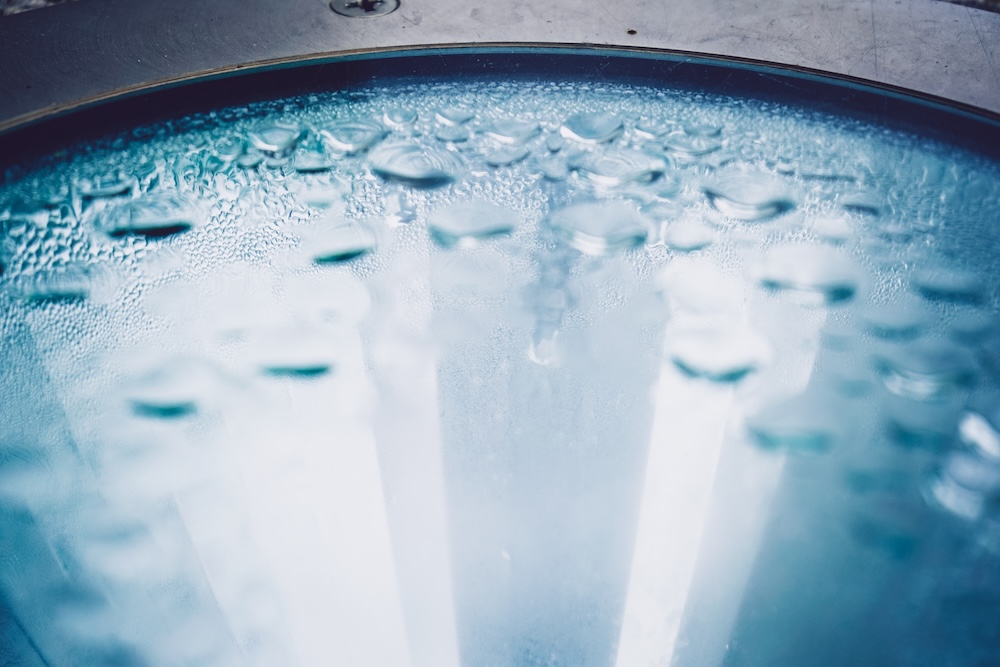With increasing concerns about water scarcity, climate resilience, and the desire for sustainable living, more people are exploring innovative ways to source clean water independently. One of the most intriguing—and often misunderstood—technologies in this space is the Atmospheric Water Generator, or AWG.
But what exactly is an AWG? How does it work, and is it practical for everyday use?
This guide breaks it all down in simple terms, helping you understand what AWGs do, how they differ from other water sources, and whether one might be a smart solution for your home or business.
1. What Is an Atmospheric Water Generator (AWG)?
An Atmospheric Water Generator is a machine that pulls moisture from the air and converts it into drinkable water. While it might sound futuristic, the principle is simple: the air around us always contains water vapor, even in dry climates. AWGs tap into this invisible source and transform it into a tangible, usable resource.
Think of an AWG as a dehumidifier meets water purifier. But instead of just reducing humidity, it collects that moisture, purifies it, and stores it as fresh water for drinking, cooking, or other uses.
There are two main types:
- Condensation-Based: Cools the air to form condensation.
- Desiccant-Based: Uses materials that absorb water vapor, which is then extracted with heat.
2. How Does It Work?
Here’s a simplified step-by-step overview of how most AWGs operate:
- Air Intake: A fan draws humid air into the system.
- Cooling & Condensation: The air is cooled to its dew point, causing water vapor to condense.
- Filtration: The collected water goes through multiple filters—usually HEPA, carbon, and UV sterilization—to remove particulates, odors, and microbes.
- Storage: The purified water is stored in a clean, sealed tank.
- Dispensing: Some models offer hot/cold water dispensing directly from the machine.
3. Where Does the Water Come From?
The water comes directly from humidity in the air—a part of the natural water cycle that includes evaporation and condensation. Even seemingly “dry” air contains trace amounts of moisture.
- Ideal conditions: 40–90% relative humidity, temperatures between 65°F–95°F (18°C–35°C)
- Real output: A typical home unit can produce 15–35 liters of water per day, depending on humidity, temperature, and model specs.
4. Is the Water Safe to Drink?
Yes—AWG water is typically ultra-pure, especially when processed through multi-stage filtration systems. In many cases, it’s cleaner than municipal tap water or even bottled water, as it avoids contact with pipes, soil, or industrial packaging.
However, because the water is so pure, some users choose to remineralize it for taste and health benefits using post-filtration mineral cartridges.
5. What Are the Benefits of an AWG?
- Independent Water Supply: Great for off-grid living or emergencies.
- No Plumbing Required: No need for a well or tap line.
- Eco-Friendly: Reduces plastic waste and can be solar-powered.
- Cleaner Water: No exposure to old pipes or groundwater contaminants.
- Multi-Use: Drinking, cooking, pets, plants, humidifiers, and more.
6. Are There Any Drawbacks?
- Energy Use: AWGs require electricity—typically 200–600 Wh per liter.
- Climate Dependence: Less effective in dry or cold conditions.
- Upfront Cost: Quality units range from $2,000–$4,000.
- Maintenance: Filters need replacing 2–3 times a year.
Still, many homeowners find the benefits outweigh the limitations, especially when paired with solar power or as part of a hybrid water system.
7. Who Should Consider One?
- Homeowners in humid climates
- Off-grid dwellers (tiny homes, RVs, rural cabins)
- Preppers and emergency planners
- Eco-conscious families looking to reduce plastic use
- Urban homes with unreliable or poor-quality tap water
8. How Much Water Can You Really Get?
Output depends on the humidity and temperature of your environment, plus the capacity of your machine.
- Small units (15–20 liters/day): Ideal for 1–2 people
- Mid-size units (30–35 liters/day): Suitable for families
- Larger units (50–100+ liters/day): Serve small communities or institutions
9. Atmospheric Water vs. Other Water Sources
| Water Source | Pros | Cons |
|---|---|---|
| AWG | Clean, on-demand, plumbing-free | Energy-intensive, climate-sensitive |
| Rainwater | Low-cost, eco-friendly | Seasonal, storage space required |
| Well | High capacity, reliable long-term | Expensive to drill, maintenance-heavy |
| Bottled Water | Convenient, portable | Costly, environmentally harmful |
AWGs are best viewed as a supplemental or primary source in the right conditions, especially when combined with rainwater systems or filtration.
10. Final Thoughts: Is It Right for You?
If you live in a humid area, want to reduce plastic waste, or need a resilient backup water source, an AWG can be a game-changer. While not perfect for every climate or budget, the technology is reliable, eco-friendly, and increasingly accessible.
Whether you’re off-grid, preparing for emergencies, or simply want cleaner water, atmospheric water generation is worth a closer look.
Shop atmospheric water generators that make water from air
FAQs
Does it work in winter?
In cold climates, performance drops significantly. Some models have built-in heaters or insulation but expect reduced output.
Is the water really safe?
Yes—when filtered properly, AWG water meets or exceeds drinking water standards.
How often do I need to replace the filters?
Every 3–6 months, depending on usage and model.
Can one unit serve an entire family?
Yes, mid-sized units (30–35 liters/day) can meet the daily drinking and cooking needs of a typical family of four.









Reader Interactions